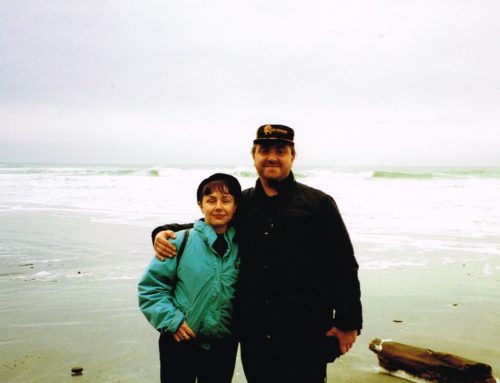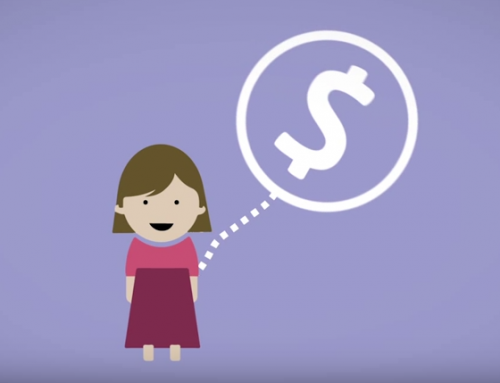It’s World Voice Day this week. Erm… World what day? That’s right, there’s a World Voice Day, to raise awareness for the study, function and health of that instrument we communicate with daily, that (ehem…) speaks volumes about us, and that we take so much for granted. So I thought it timely to look at the voice and its implications.
How much do you think about your voice and how it represents you? The voice, its accent, pitch, volume and intonation can reveal so much about your cultural background, gender, energy levels and even your age group and level of education. All that, just from opening your mouth and uttering some sounds? Well, assuming they’re intelligible, word-like sounds, yes.
As a business owner, even if you don’t fancy public speaking, you need to consider the impact your voice may have on your co-workers, peers and customers. Like it or not, in business, the sound of your voice can affect whether or not you’re taken seriously – if listened to at all. For example, if you’re a female in a male-dominated industry, and your voice is on the high-pitched, breathy side, you could be seen as passive, immature, weak.
Numerous studies suggest that the sound of your voice matters even more than what you say with it. Ever shared an open plan office with someone whose voice has no volume control, or someone with a whiney voice? One study last year found that people can draw conclusions about a person’s trustworthiness and personality type within 500 milliseconds of hearing their voice – even if they don’t see the person. Just saying “Hello” can reveal so much!
Vocal trends also impact how the speaker is perceived. The fairly recent phenomenon of ‘vocal fry’ is endemic among Generation Y females. Also known as pulse register or ‘creaky voice’, vocal fry is the lowest voice register and sounds like a scratchy, low note. It’s normal in occasional use, but has reached plague proportions in the USA, with many young women “frying up” their speech a la the Kardashians, Katy Perry and others. It’s, like, y’know, that drawn out croak at the end of a seeeeeentence. It’s also infected young women here in Australia.
You won’t only hear it among high school girls, or shop assistants, the trend is also apparent in young professional women too – just eavesdrop on Gen Y females in the typical Australian office discussing what they did on the weekend. In fact, to me, it sounds like they’re still in weekend mode, so laid-back, blasé and too-cool-for-school it sounds! Not ideal if you want to convey enthusiasm, professionalism or authority in the workplace.
Curiously though, studies have found that using vocal fry may either hurt a woman’s chances of employment or see them perceived as “educated and upwardly mobile”. Go figuuuurrrrre….
As with anything fried, though, too much vocal fry can’t be good for you, but only time will tell if it actually damages the voice long term.
A vocal trend that Australia (or was it New Zealand?) is thought to have bestowed on the US and UK, is “uptalk” – you know, that upward inflection at the end of a sentence, as if the speaker is always asking a question? Not surprisingly, this communicates uncertainty in the speaker, which is not something you want to convey in your business.
So while voice trends impart a sense of belonging among youth, they also deny them the empowerment of finding – and expressing – their own unique voice. And if it becomes an entrenched way of speaking into adulthood, then it’s best to kick that habit. One way would be to consult a professional voice or singing coach or a speech pathologist. But in Part 2 of my vocal focus blog posts, I’ll give you some easy tips for better voice production.




